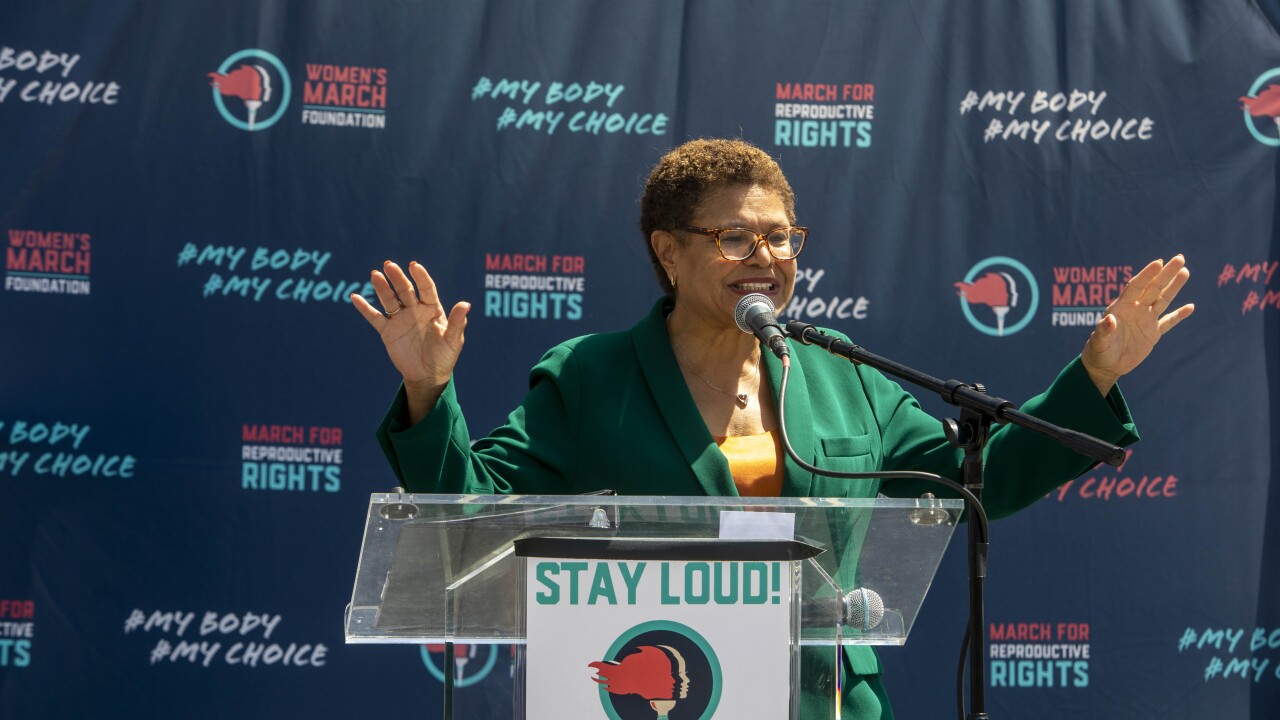
DALLAS – Maryland will fund a preliminary engineering analysis of a proposed $10 billion magnetic levitation train line between Baltimore and Washington, D.C., with a $27.8 million grant from the Federal Railroad Administration.
The system would incorporate Japanese-developed SCMaglev technology that uses the fields generated by superconducting magnets to levitate trains a few inches above the rail and propel them at speeds of up to 400 miles per hour.
Maryland Gov. Larry Hogan directed the state to seek the federal study grant in April after riding on Japan Central Railway's 27-mile-long Yamanashi maglev line near Tokyo during an official visit to Japan.
Baltimore-Washington Rapid Rail LLC, the private-sector sponsor of the bullet train proposal in cooperation with Central Japan Railway Company (JR Central), said the system would cut the travel time between Baltimore and Washington to 15 minutes from the current 40 minutes on Amtrak's fastest train and provide travelers with an alternative to often-congested roadways.
"The ability to travel between Baltimore and Washington, D.C. in only 15 minutes will be absolutely transformative, not just for these two cities, but for our entire state," Hogan said when he announced the FRA award on Nov. 7. "This grant will go a long way in helping us determine our next steps in this transportation and economic development opportunity."
Maryland Transportation Secretary Peter Rahn, who accompanied Hogan aboard the maglev train, said the trip exceeded his expectations.
"It was amazing to me that this [train] accelerated to 314 miles an hour in practically no time at all," he said. "The ride was so smooth that you could have easily poured yourself a cup of coffee when standing in the middle of the aisle."
Hogan and Japanese Prime Minister Shinzo Abe signed an agreement calling for cooperation on the high-speed rail project during the governor's April visit.
The Japanese government said it would finance half of the estimated $9.75 billion (1 trillion yen) cost of building the 40-mile Maryland segment through the Japan Bank for International Cooperation. JR Central said it would license its proprietary maglev technology at no cost.
Maryland submitted the application for the FRA grant "with the understanding that the Japanese government will be a source of significant financial backing for the project, along with private-sector support," Hogan said.
Wayne Rogers, chief executive officer of Baltimore-Washington Rapid Rail, said the route between downtown Baltimore and downtown Washington would include a stop at the Baltimore/Washington International Thurgood Marshall Airport. The company is part of Northeast Maglev, which wants to build a line to New York with eight stations along the route.
Extending the maglev line to New York would allow train travelers to make the 230-mile trip in 60 minutes rather than the almost three-hour trip aboard Amtrak's Acela Express, Rogers said
"The SCMaglev project has the opportunity to transform not only Baltimore but the entire Northeast corridor," he said.
About 65% of the Maryland route would be underground, including subterranean stations in both cities and at the airport.
The FRA grant application was submitted on behalf of Baltimore-Washington Rapid Rail by the Maryland Department of Transportation and the Maryland Economic Development Corp. The train study will not require any state expenditures or matching funds, officials said.
The grant will pay for preconstruction planning, engineering analysis, and environmental studies to help determine the optimal route.
The Baltimore-D.C. line was one of three corridors eligible for the $27.8 million grant announced by FRA earlier this year. No applications were received for potential lines near Pittsburgh or between Atlanta and Charlotte, N.C.
The grant funding comes from $45 million authorized by Congress in 2008 to study maglev projects located east of the Mississippi River.





